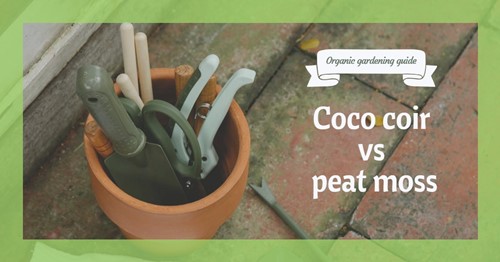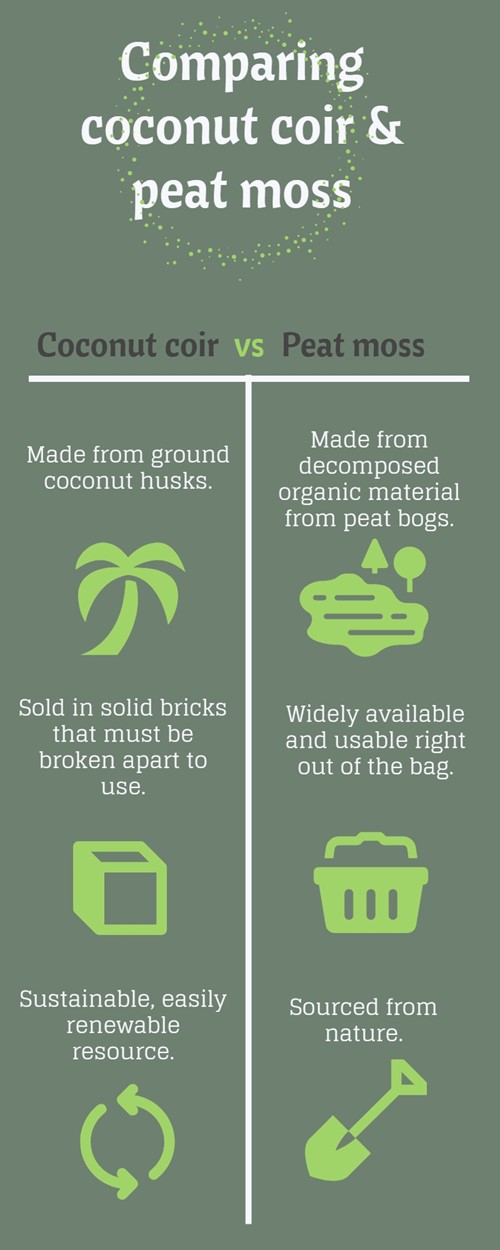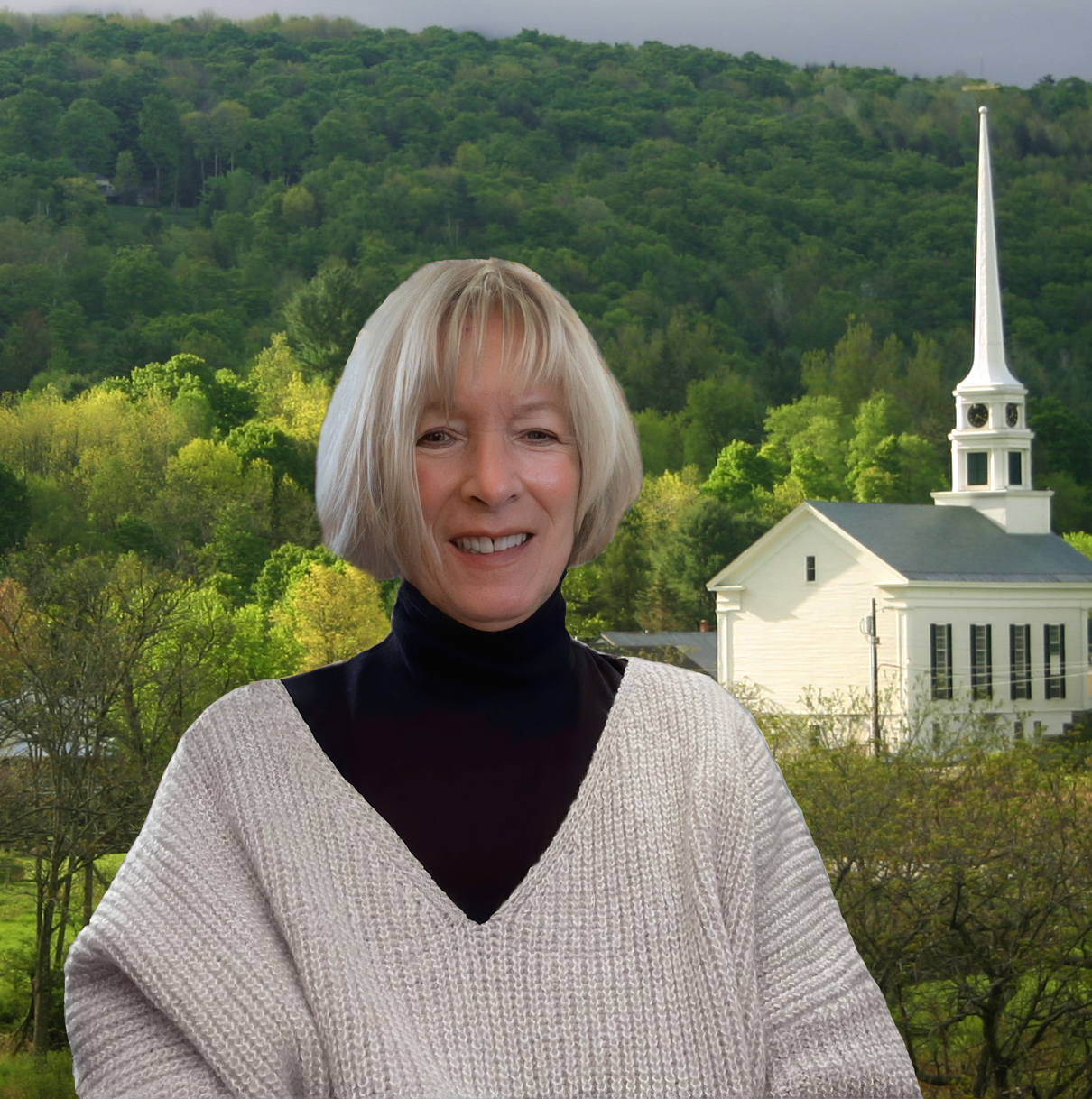Email: [email protected]

If you’re a gardening or houseplant enthusiast, you may have already pondered the choice of coconut coir vs peat moss. Your choice of growing medium can make an enormous difference in the health and success of your plants, so it’s important to understand the benefits and disadvantages of each option.
Coconut coir, also called coco coir or coco peat, is made from the leftovers of coconut processing. The coconut husk fiber is broken down into a light but chunky texture perfect for adding to soil. It’s usually sold in bricks and must be broken apart before you can use it as an amendment in potting soil.
Peat moss comes from the decomposed remains of sphagnum moss and other organic matter found in peat bogs. It’s been a popular potting soil amendment for over a century because of its ability to hold on to moisture and nutrients. Peat moss is widely available and usable right out of the bag or container.
Peat moss is more acidic than coco coir, making it perfect for plants that love highly acidic soil. However, coco coir’s neutral pH range makes it more suitable for a wider variety of plants. Both materials are extremely efficient for absorbing and holding on to moisture, but coir has a tendency to dry out more quickly than moss.
One point of controversy when deciding between the two is sustainability. Peat moss is harvested from nature and can take decades to replenish itself. Coco coir, by contrast, is a waste product of coconut processing. Coconut trees are plentiful and quick-growing, making coir an easily renewable resource.

Ultimately, the decision between coconut coir and peat moss is up to the individual gardener. However, if you’re interested in sustainable gardening practices, ecologists recommend using coco coir as a soil conditioner instead of peat moss to help preserve a quickly diminishing resource.

Teresa's beginnings were at Fort Belvoir, Virginia. She was child #5 of 8 and born into an Air Force family that moved all over the United States but usually ended up back in the Washington, D.C. area. Teresa attended Miami University in Oxford, Ohio and received her bachelor's degree in business from George Mason University, in Fairfax, Virginia. Some of her prior careers include: computer buyer in Fairfax, Virginia; Deputy Clerk at the U.S. District Court in Denver, Colorado; Police Officer in Steamboat Springs, Colorado; and Bed & Breakfast owner in Stowe, Vermont. Teresa obtained her license as a Realtor® in 1998. She has been through many ups and downs in this profession and continues to learn every day. She very much enjoys the real estate profession and the wonderful people she has met and assisted along the way. In order to serve her clients and customers, Teresa continually attends classes and seminars. Some of her Designations and Certifications include:
Teresa has also served and continues to serve on several boards:
In 2007, Teresa was named Vermont Realtor of the Year.Teresa and her husband, a local attorney, moved to Stowe in 1987. They had two sons and Stowe has been their home for the past 36 years. She still feels the Stowe area is a wonderful place to raise a family, there's always something going on. Teresa can often be found behind the lens of her camera documenting the beauty of the area and its many events.As an update, Teresa's older son is now a Doctor/resident at the University of New Mexico's Emergency Management Program. Her younger son graduated from James Mason University and currently resides in Chicago, IL as a supervisor for OKTA.